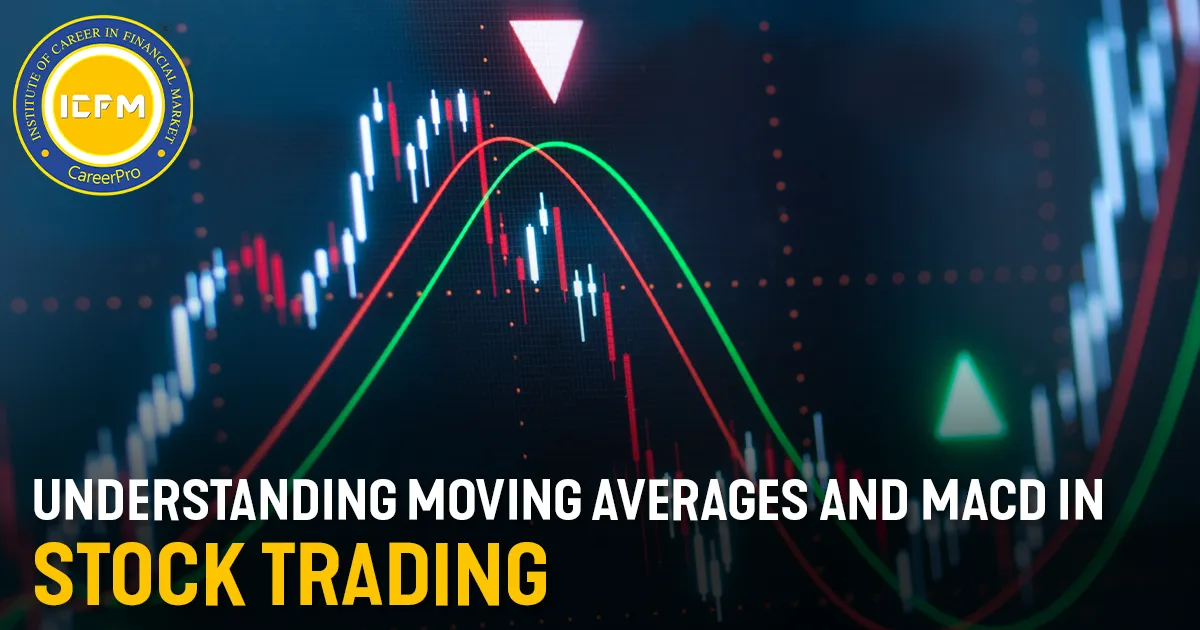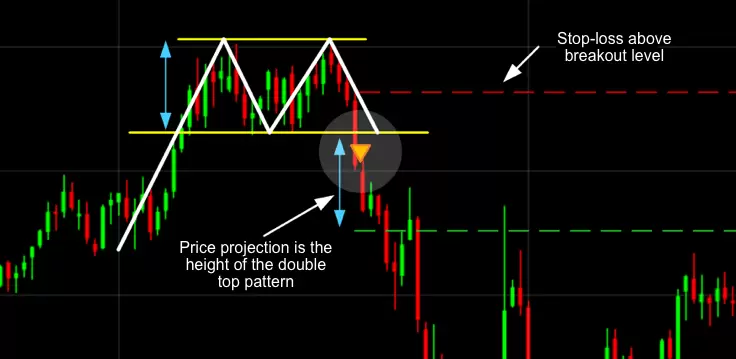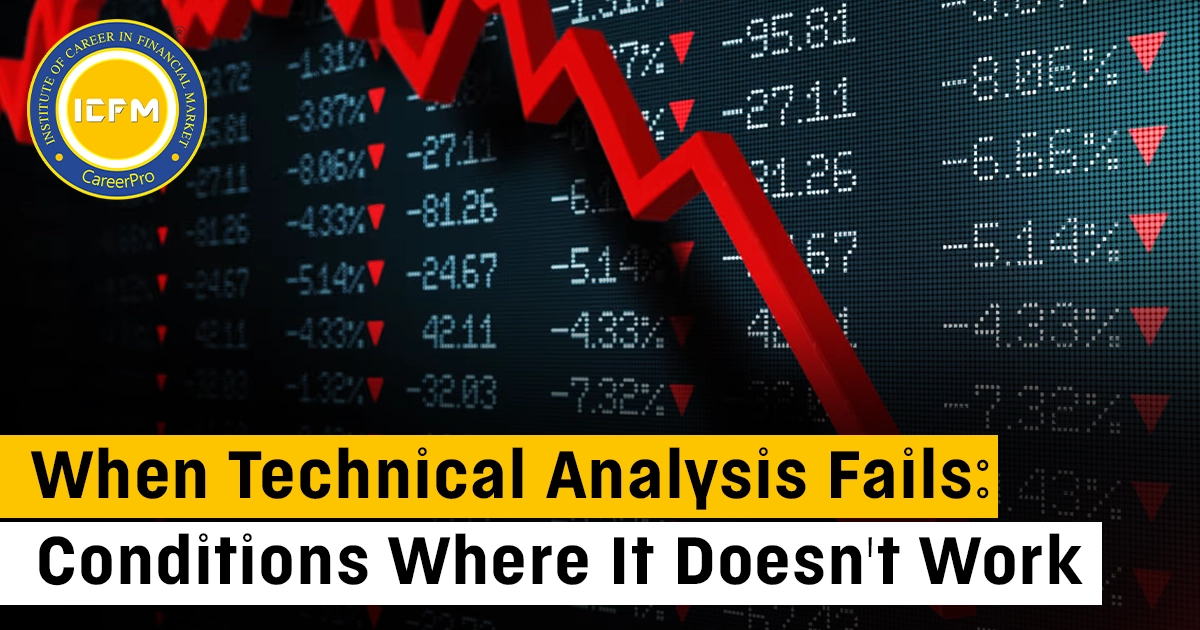Moving averages and the Moving Average Convergence/Divergence (MACD) indicator are essential for stock market technical analysis. They help identify trends, momentum, and potential trading opportunities.
Moving Averages
A moving average smooths out price data over a specific period, making it easier to spot trends by reducing short-term fluctuations.
1. Simple Moving Average (SMA): Calculates the average price over time.
2. Exponential Moving Average (EMA): Gives more weight to recent prices, reacting faster to new data.
Why Use Moving Averages?
1. Identify trends: Rising or falling averages indicate uptrends or downtrends.
2. Generate signals: Price or average crossovers can indicate buy or sell opportunities.
3. Dynamic support/resistance: Prices often respect moving averages.
MACD Indicator
Created by Gerald Appel, MACD combines trend-following and momentum analysis. It uses two lines:
1. Fast Line: Difference between the 12-period and 26-period EMAs.
2. Signal Line: A 9-period EMA of the fast line.
Key Signals:
1. Crossover: Fast line crossing above/below the signal line indicates buy/sell signals.
2. Centerline Crossover: Moving above or below the zero line shows bullish or bearish momentum.
3. Divergences: Gaps between MACD and price trends signal potential reversals.
Practical Tips
Adjust settings to suit your trading style.
Combine MACD and moving averages with other tools for confirmation.
Avoid over-reliance; they are best used as part of a broader strategy.
Final Thoughts
Moving averages and MACD simplify the market analysis, offering clarity amidst the noise. Practice and combine these tools with other strategies to improve trading outcomes and adapt to market conditions.









